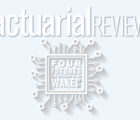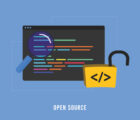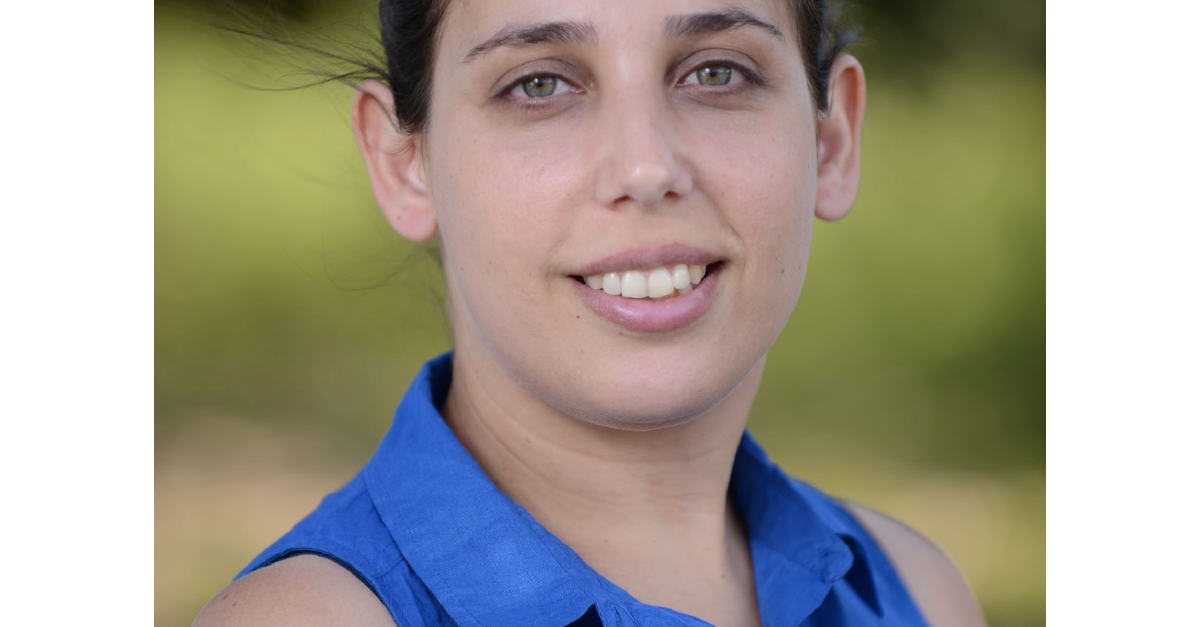
Fiscal Year 2025 was pivotal for CAS Research, defined by a renewed strategic focus, fresh data assets, and expanded working-group activity. Under the leadership of Morgan Bugbee, CAS vice president of research and practice advancement, the organization reinforced its commitment to innovation and thought leadership for P&C actuaries.
Bugbee challenged the research teams to think beyond traditional actuarial channels, issuing Requests for Proposals (RFPs) that solicited perspectives from adjacent disciplines. The aim: to explore where actuarial skills intersect with other professional fields such as engineering, economics, and climate science, thereby sparking fresh ideas, broadening the knowledge base, and enabling CAS to lead in emerging domains outside the traditional actuarial space.
Data investments: A foundation for innovation
Central to the FY 2025 strategy was acquiring and upgrading data assets to underpin actuarial research. The CAS secured a license to the VerdictSearch database, covering U.S. litigation verdicts and settlements from 2010 to 2024 — a rich source for studying social inflation and legal system risk. In parallel, the Society licensed parcel-level property and land-attribute data via Regrid, supporting climate and catastrophe risk modeling.
We also launched an initiative to update the Schedule P datasets (Meyers/Shi) by year’s end. In FY 2026 we will promote broad member access to these data sources, enabling them to work with these powerful empirical tools.
Working groups: New topics, growing activity
In response to member feedback from the 2023 Quinquennial Survey, CAS Research instituted two working groups: Artificial Intelligence and Climate & Sustainability. A third, Open-Source Projects Working Group, was added in the last weeks of FY25. The addition of these new working groups marks a significant expansion of the Society’s research interests.
The Climate & Sustainability Working Group issued two RFPs: one on “Innovative Pricing Models for Flood Exposure” and another on “Hurricane Mitigation Premium Credits.” They also approved two Quick-Start grants on climate topics.
The AI Working Group produced an RFP on leveraging large language models (LLMs) for unstructured claims-data analysis and is working with the winning proposal researcher.
The Open-Source Projects Working Group is building its membership to develop infrastructure and governance for open-source actuarial tools, and maintaining and promoting the CAS GitHub site.
The Ratemaking, Reinsurance, Reserves, and Risk Working Groups continued their core programs seeking to fill the latest knowledge gaps of concern to members:
- Ratemaking presented a Research Paper on severe convective-storm pricing.
- Ratemaking and Reserving Call Paper programs posted six papers in E-Forum.
- Reinsurance is working with researchers to develop projects on social inflation and casualty catastrophe models.
- Reserves issued an RFP on longitudinal studies and anticipates an update of the Schedule P data.
- Risk published a report on correlation studies and moved forward with a project generated from the RFP on AI Tools for Actuarial Work. This RFP garnered several proposals, two of which were taken up by the Reserves and Ratemaking Working Groups.
Research output and publishing: Advancing knowledge
Over the year, the CAS research engine remained active with approximately 48 research projects underway, supported by eight working groups and two task forces. Of these, 11 CAS-funded projects culminated in publication during FY 2025. Key outputs included:
- The Research Paper Series on Race & Insurance Pricing (Phase II) added five reports, supplementing the two published in FY 2024.
- Individual research grants awarded over the past few years resulted in approximately 21 articles published in Variance.
- Co-sponsored two research projects each with the Society of Actuaries and the Insurance Information Institute.
Strategic initiatives for FY 2026 and beyond
Looking ahead, CAS Research will direct the expansion of funded research projects while scaling up data-acquisition and tooling support. For instance, we will provide pilot licenses for AI-coding agents to the AI and Open-Source Working Groups to strengthen members’ modeling and code-development skills.
Core strategic research goals for FY 2026 include:
- Maintain priority focus on artificial intelligence and climate risk.
- Increase the number of members who update their “professional expertise” field in their member profile to reflect AI and climate-risk competencies.
- Grow page-views and downloads of research outputs by 4% in FY 2026 (using FY 2025 as a benchmarking year).
- Establish a strategic communications framework to guide all CAS stakeholders engaged in the Society’s strategic focus topics.
- Promote open-source code and model sharing via the CAS GitHub site, enabling reproducibility and practitioner access.
Engagement, communication, and outreach
FY 2025 also saw an increase in research communications and engagement. The CAS Research team updated publishing standards, refined production systems, and began tracking engagement metrics more formally. Outreach included presentations at CAS meetings and at the 60th Annual Actuarial Research Conference hosted at Canada’s York University, where CAS leadership presented and met with attendees, grant recipients, and academics.
Organizational change: Strengthening the team
To further our strategic goals, the CAS Research Team initiated several organizational changes. Heather Davis joined the CAS as Research Manager and will oversee staff research management and collaborate with the Communications team to disseminate CAS research. A new cross-functional coordinator, Delilah Barrow, joined CAS to work with Publications, Research, Meetings, and Professional Education.
On the volunteer side, CAS Research recruited Paul Donnelly to serve as volunteer GitHub manager operating the CAS GitHub site and supporting the launch of the Open-Source Projects Working Group (chaired by Kenneth Hsu). CAS Publications hired Greg Guthrie as managing editor to oversee production and quality assurance for Variance, E-Forum, and CAS Monographs. Research & Publications Director Elizabeth Smith and Chief Communications Officer Mike Boa continue to provide senior oversight.
Conclusion
For CAS Research, FY 2025 has been a significant year of expansion and change. In addition to maintaining a strong pipeline of ongoing research, CAS Research is positioning itself for the future with the establishment of new working groups, the acquisition of new datasets, improvements to research infrastructure, and an enhanced communications program.
As technology, climate, cyber risk, and social inflation dynamics continue to evolve, the CAS remains committed to equipping P&C actuaries with the tools, insights, and collaborative platforms they need to stay ahead. For FY 2026, CAS plans a moderate increase in funded research activity and a more significant expansion of data asset acquisition and AI-tool licenses, reflecting the Society’s belief in data and tooling as amplifiers of innovation.
For members and practitioners alike, the message is clear: The actuarial profession is changing, and by strengthening data capacity, broadening disciplinary engagement, and making research more accessible, the CAS is rising to that challenge.
Sidebar: Read All About It! A CAS Publications Update
- AR provided deep coverage of technology and climate topics and expanded its writing team to deliver diverse perspectives on developments in actuarial practice.
- Variance published a record number of 21 articles in FY25.
- E-Forum published six papers from the Ratemaking and Reserving Call Paper programs.
- CAS Monographs published one monograph, “Practical Mixed Models for Actuaries,” by Ernesto Schirmacher. Three monographs are currently in development, with two in response to calls: one for game theory and another for extreme value theory.
- Working Papers continued to provide an outlet for exposing early research to the actuarial science community, and two papers were posted online in 2025.













